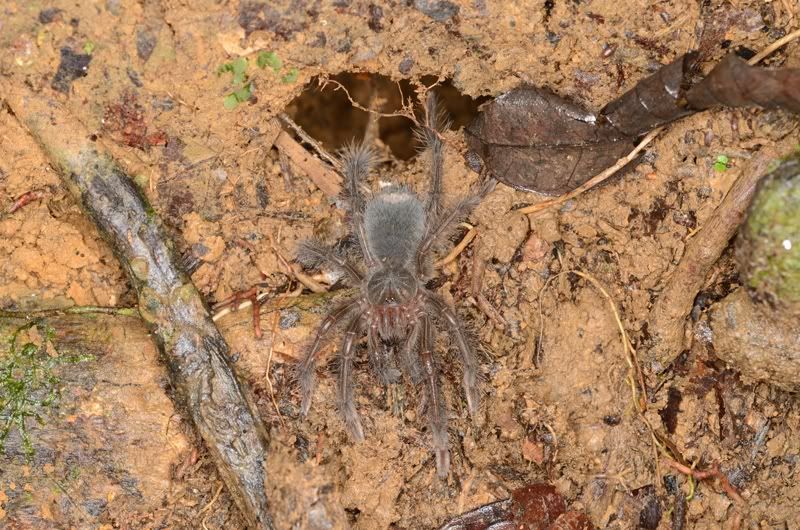Hi all im after some advice on what substrate is best to use for housing a goliath? Ive done loads of research and most say to use peat as it holds the humidity best but everywhere Ive looked, no where is selling peat. Garden centres are only selling compost that is peat free and im not 100 % sure on what else would be best to use....
I can get coco fibre (the type u mix with water and it expands) but would this be ok?
I know im gonna need a lot as the goliaths need at least 6 inches of substrate...
thanks
debi
I can get coco fibre (the type u mix with water and it expands) but would this be ok?
I know im gonna need a lot as the goliaths need at least 6 inches of substrate...
thanks
debi





Comment